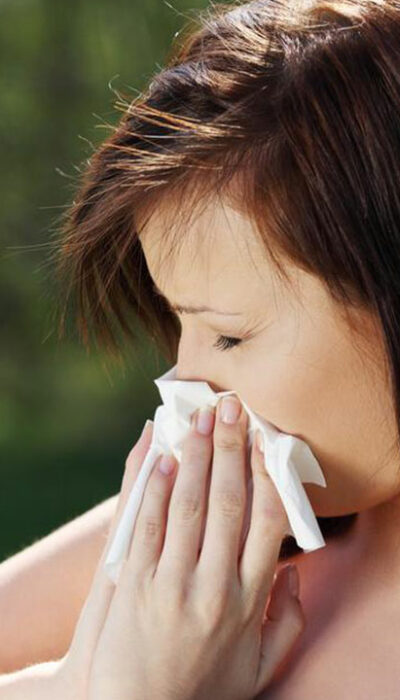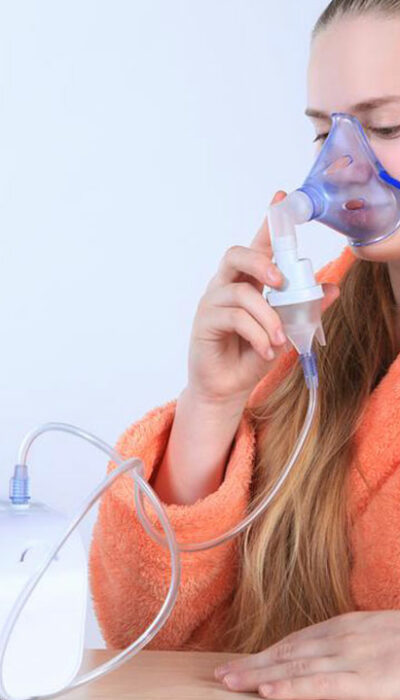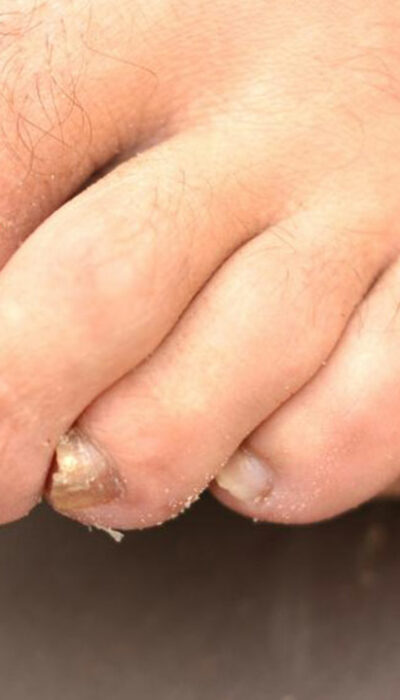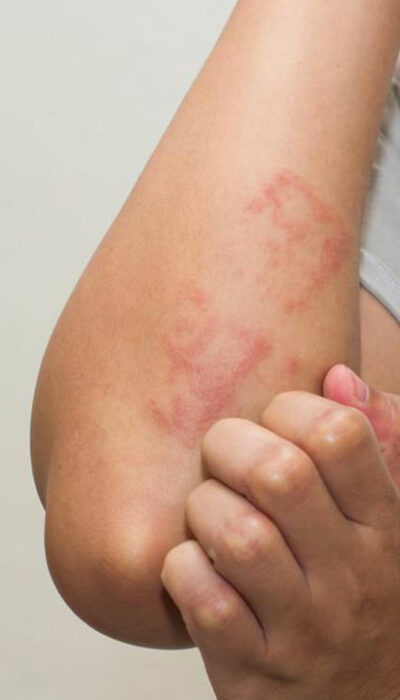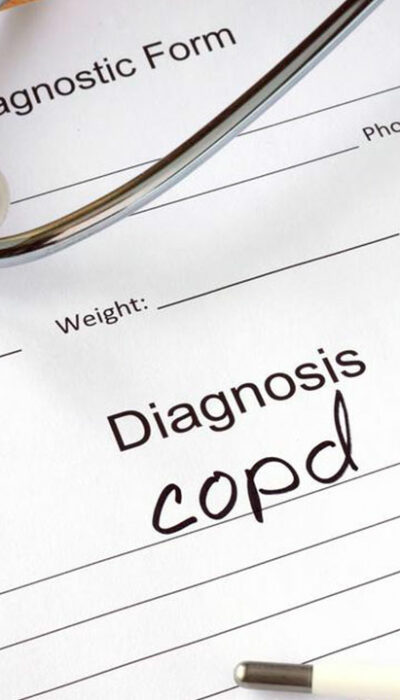
COPD – Symptoms, Risk Factors, and Stages
COPD is an acronym of Chronic Obstructive Pulmonary Disease. COPD describes lung diseases like chronic bronchitis, emphysema, refractory or non-reversible asthma and some form of bronchiectasis. COPD is characterized by enhanced breathlessness. COPD takes time to develop and has several stages. In the early stages of the disease, the symptoms are not noticeable. The symptoms are more pronounced in the developed stages of the disease. Contact the doctor as soon as you notice COPD symptoms. Request your doctor for a spirometry test. Symptoms of COPD COPD is characterized by the following symptoms: – Enhanced breathlessness – Wheezing – Frequent coughing with or without sputum – Tightness in the chest The risk factors and the common causes of the disease COPD can occur because of the following causes: – Inhaling pollutants and that includes cigarette smoking (active or passive). – Chemicals, fumes, and dust found in the work environment contribute to the occurrence of the disease. – A person’s bad genes can be the cause of the disease. – To sum it up, smoking, environmental factors, and genetic factors result in the occurrence of the disease. Early detection of the disease and subsequent treatment is advisable for patients with COPD condition. – There are several stages of COPD. Early detection of the disease can prevent lung impairment or death. In this context, it is important to understand the way the stages are detected. There is the GOLD staging system, and there is the BODE index. Doctors use the BODE index as it helps to understand better the severity of the symptoms or how COPD affects your life. There are other types of lung function tests that help in identifying the various stages of COPD. The stages of COPD The stages of COPD vary from mild to severe. It affects different persons differently.
